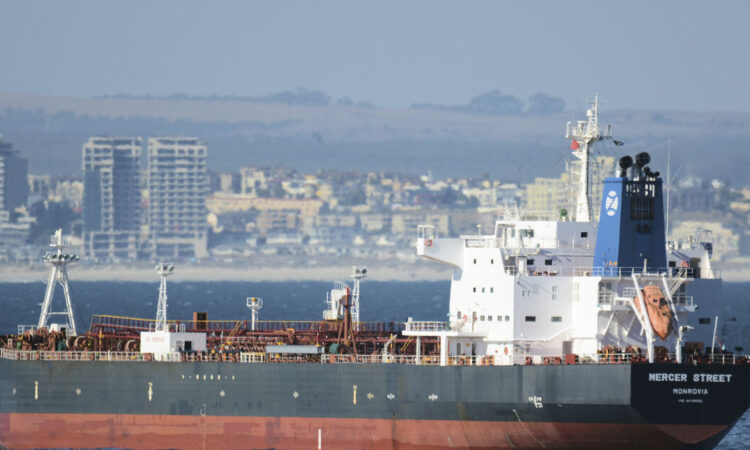
As pandemic lockdowns gripped the world in 2020, BP chief executive Bernard Looney made a startling admission: He thought that oil demand might never return to its pre-pandemic peak. But recently, Mr Looney has done an about-face.
After announcing ambitious plans to cut emissions, BP, one of the world’s top crude producers, is now ploughing more money into fossil fuels.
Oil consumption is heading for a record this year, according to the International Energy Agency, which advises major economies.
Supply — buffeted by Russia’s invasion of Ukraine, a slowdown in US shale growth, and lacklustre investment in production — cannot keep up.
It all comes down to China: The world’s second-biggest oil consumer is snapping up crude after reversing its strict covid policies. Against a backdrop of tight supply, the demand boost has everyone from Goldman Sachs to trading powerhouse Vitol predicting a rally to $100 a barrel later this year.
“The demand from China is very strong,” Amin Nasser, CEO of Saudi Aramco — the world’s biggest oil company — said in a March 1 interview in Riyadh.
By the second half of the year, analysts say, the market will face a shortage — a scenario that will loom over the industry leaders meeting this week in Houston.
The impending crunch shows that even as the world embraces cleaner sources of energy, the thirst for oil is hard to slake. While the supply pinch has been a boon for crude producers and their investors, it is hammering consumers and complicating central banks’ efforts to tame inflation.
“My view, shorthand, is maybe people are underestimating demand and overestimating US production,” Saad Rahim, chief economist at trader Trafigura, said on the sidelines of the International Energy Week conference in London last week.
In the wake of its abrupt reversal of Covid Zero — the policy requiring mass lockdowns, travel quarantines, and testing and tracing — China’s economy is resurgent, boosting oil demand. Manufacturing posted its biggest improvement in more than a decade last month, services activity is climbing and the housing market is stabilising.
The reopening means Chinese oil consumption is poised to hit a record this year. Daily demand will reach an all-time high of 16m barrels a day after contracting in 2022, according to China-focused consultants.
And it’s not just China. India and other countries across the Asia-Pacific region are consuming more oil as borders reopen, helping propel global demand to a record 101.9m barrels a day this year and potentially plunging the market into a deficit by the second half, according to the IEA. Air traffic is recovering, boosting jet-fuel use. And the appetite for crude in the US and Europe has also rebounded.
The revival of international travel with China’s reemergence will be one of the “engines that will drive demand going forward”, Christopher Bake, a member of Vitol’s executive committee, said at the IEA conference.
Supply is no match for the uptick in demand. Though Russia’s oil exports by sea remained resilient last month, market watchers are looking for signs of disruption after the EU and the majority of Group of Seven nations banned waterborne imports of oil and fuel following the invasion of Ukraine.
Russia’s shipments are under threat as India, a top buyer, faces mounting pressure from bankers to show that its cargoes comply with the $60-a-barrel price cap imposed by the G7.
Opec, meanwhile, is not budging from the production targets it set back in October. Saudi Arabian energy minister Prince Abdulaziz bin Salman has said the targets will remain unchanged for the rest of the year.
And the US is not coming to the rescue. Output from shale basins is growing at a slower pace as producers run out of prime areas to drill. US production tumbled at the start of the pandemic and is still about 800,000 barrels a day below the record 13.1m reached in early 2020. This year, growth is likely to be around 560,000 barrels a day, according to research firm Enverus.
The deceleration comes even as Exxon Mobil, Chevron, and their peers pump more oil from the Permian Basin of West Texas and New Mexico.
Chevron CEO Mike Wirth said last week that global spare production capacity is tight and US shale supply growth is unlikely to make up the shortfall if demand picks up later this year, leaving Opec as the world’s swing producer.
Potential headwinds for oil demand are lurking, however. Fears of a global recession are lingering as central banks tighten monetary policy in their quest to tackle inflation.






